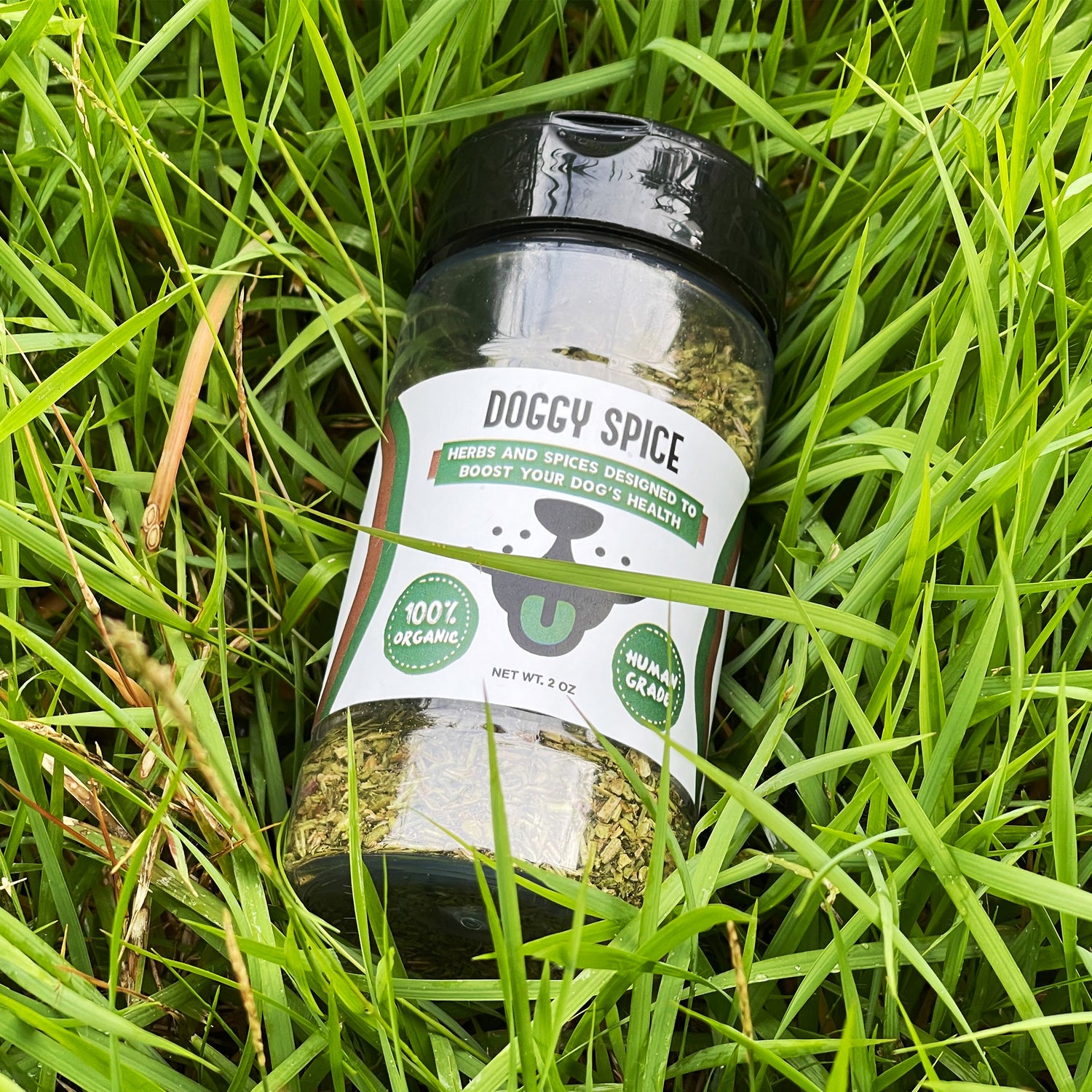
Should I Switch My Dog’s Food? Dog Nutrition Tips 🐶
Share
Introduction
Switching your dog’s food can be a big decision, especially when aiming to meet their nutritional needs and ensure optimal health. Some factors that may prompt a diet change include age, activity level, health conditions, or dietary intolerances. 🐾 In this guide, we’ll explore when to consider switching foods, how to make a safe transition, and nutritional insights to keep in mind.
Reasons to Consider Switching Your Dog’s Food
There are several valid reasons to consider a food switch for your dog. Here are some common situations that might call for a change:
Age-Related Needs 🧓🐕
Puppies, adults, and seniors have different dietary requirements. Growing pups need higher protein and calorie content, while seniors may benefit from joint support and fewer calories.
Activity Level 🏃♂️
Working or high-energy dogs often need more calories and protein than those with a sedentary lifestyle.
Allergies or Sensitivities 🌾
Common food allergens for dogs include chicken, beef, and wheat. Symptoms like itching, ear infections, or digestive issues could indicate a need for a different diet.
Health Conditions 🏥
Specific conditions like kidney disease, diabetes, or obesity may require tailored diets.
Other Signs a Food Change For Your Dog May Be Needed
|
Signs |
Potential Issue |
|
Dull, flaky coat |
Lack of essential fatty acids or poor food quality |
|
Digestive issues (e.g., diarrhea) |
Food intolerance or sensitivity |
|
Excessive itching or hair loss |
Potential food allergy or deficiency |
|
Lethargy |
Inadequate nutrients or low-calorie intake |
|
Poor muscle tone |
Insufficient protein quality or quantity |
"Maintaining a balanced diet for your dog is crucial to prevent nutritional deficiencies and support overall well-being," notes the American Kennel Club.
Nutrition Essentials for Dogs 🥩🥕
Every dog’s diet should include a balance of essential nutrients to support health and vitality. Here’s a breakdown of the most important components:
- Protein – Essential for muscle growth, repair, and immune health.
- Fats – Provide energy and help maintain a shiny coat.
- Carbohydrates – Offer a steady source of energy, though not essential in every diet.
- Vitamins and Minerals – Support immunity, bone health, and various metabolic functions.
- Fiber – Aids in digestion and keeps your dog feeling full.
Comparing Food Types
|
Food Type |
Pros |
Cons |
|
Dry Kibble |
Convenient, cost-effective, helps clean teeth |
Can be lower in protein, may contain fillers |
|
Wet Food |
High moisture, more palatable |
More expensive, can spoil if left out |
|
Raw Diet |
High protein, natural ingredients |
Requires careful handling, not suitable for all dogs |
|
Homemade Diet |
Customizable for specific needs |
Needs nutritional balancing and vet guidance |
|
Freeze-Dried |
Convenient, nutrient-dense, low prep |
Costly, requires rehydration in some cases |
Steps for a Smooth Food Transition 🥣
Switching foods should be done gradually to avoid stomach upset. Here’s a step-by-step guide for a safe transition:
- Days 1–3: Mix 25% new food with 75% old food.
- Days 4–6: Mix 50% new food with 50% old food.
- Days 7–9: Mix 75% new food with 25% old food.
- Day 10: Serve 100% new food.
Tips for a Successful Transition
Understanding Dog Food Labels 🏷️
Interpreting dog food labels can be tricky. Here’s what to focus on:
- Ingredients List: Look for whole protein sources like chicken, beef, or fish as the first ingredient.
- Guaranteed Analysis: Lists minimum percentages of protein and fat, and maximum percentages of fiber and moisture.
- AAFCO Statement: Indicates if the food meets established nutritional standards.
💡 Did You Know? AAFCO guidelines ensure food is nutritionally balanced but don’t guarantee the quality of ingredients. Check for whole ingredients and minimal fillers.
Common FAQs About Switching Dog Food 🐾
How often should I change my dog's food?
Typically, a diet change isn’t necessary unless your dog’s needs shift, but some owners rotate foods every few months to ensure balanced nutrition.
What are the signs of a food allergy in dogs?
Symptoms include itching, skin infections, and digestive issues.
Can I mix wet and dry food?
Yes, combining wet and dry food can enhance palatability and moisture intake.
How long does it take for a new food to show effects?
Visible changes may take a few weeks, though digestive improvements may be noticed within days.
What should I do if my dog refuses the new food?
Try mixing with a bit of broth or warm water, or switch gradually over a longer period to improve acceptance.
Top Herbs and Spices to Keep Your Dog Healthy All Year 🌿
- Cleavers (Galium Aparine) - Supports lymphatic health
- Rosemary- Antioxidant-rich
- Dandelion Greens - Provides vitamins A, C, and K
- Basil - Calming properties
- Peppermint - Aids digestion
- Celery Seeds - Anti-inflammatory benefits
- Dill - Rich in antioxidants
- Oregano - Immune-supporting
- Parsley - Supports fresh breath
- Thyme - Immune booster
- Ginger - Soothes stomachs
- Tumeric - Anti-inflammatory properties
These herbs and spices can easily be incorporated into your dog’s meals with Doggy Spice to promote overall well-being. 🌱
Determining the Right Portion Size For Your Dog 🍽️
Portion size can vary by age, weight, activity level, and food type. Here’s a general guideline based on dog weight:
|
Dog Weight |
Daily Portion |
|
Up to 10 lbs |
¼–¾ cup |
|
10–30 lbs |
¾–1½ cups |
|
30–50 lbs |
1½–2 cups |
|
50–70 lbs |
2–2½ cups |
|
70+ lbs |
2½–4 cups |
Choosing the Right Dog Food for Specific Needs 🐕
Some dogs may have specific dietary needs. Here’s a quick guide:
- For Weight Loss: Look for high-protein, low-fat options, and feed smaller, more frequent meals.
- For Joint Health: Foods with glucosamine, chondroitin, and omega-3 fatty acids can support mobility.
- For Digestive Health: Opt for limited-ingredient diets or foods with probiotics and easily digestible proteins.
Conclusion
Switching your dog’s food requires careful planning, consideration of nutritional needs, and a gradual approach to avoid digestive upset. By paying attention to ingredients, nutrient levels, and your dog’s specific needs, you can make informed decisions that will support their health and well-being. Remember to consult your veterinarian for personalized advice.
References
American Kennel Club. (n.d.). Nutrition tips for dogs: Essential nutrients. Retrieved from https://www.akc.org
Veterinary Nutrition Group. (2023). How to choose the right dog food for your pet. Retrieved from https://www.vetnutrition.com
Animal Health Foundation. (n.d.). Safe and beneficial herbs for dogs. Retrieved from https://www.animalhealthfoundation.com

